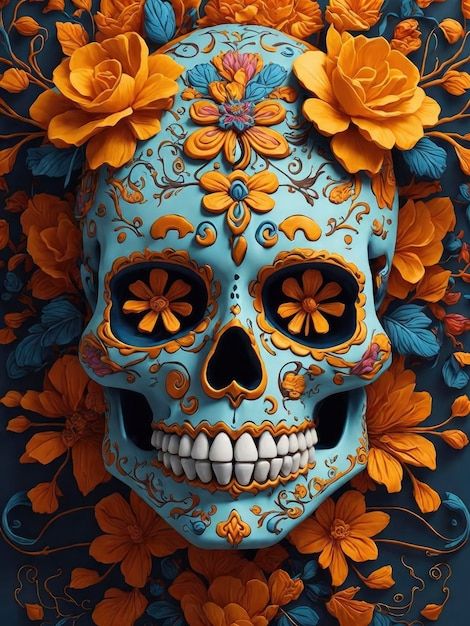Sugar skull art is one of the most vibrant and meaningful forms of artistic expression, deeply rooted in the traditions of Día de los Muertos (Day of the Dead). Originating in Mexico, sugar skulls were first created as part of this annual celebration to honor and remember loved ones who have passed away. Traditionally, these skulls were made from sugar and decorated with colorful icing, beads and foil. They were placed on altars, called ofrendas, as a way to invite the spirits of the departed to join the festivities.
Over time, the art of sugar skulls has grown far beyond its humble beginnings. What started as edible decorations has become a widely recognized symbol of life and death, inspiring artists to create detailed and stunning designs. Modern sugar skull art often features intricate patterns, bold colors and imaginative elements that reflect personal stories or cultural heritage. This evolution shows how a traditional craft can transform into a celebrated art form without losing its original meaning.
#1

One of the biggest influences on sugar skull art is its connection to Mexican culture. The bright colors and floral patterns found in sugar skull designs are symbolic of joy and the celebration of life.



0 Comments